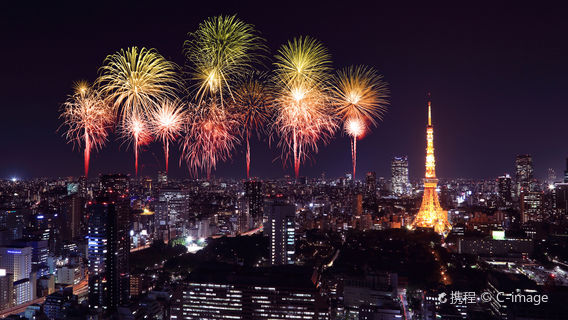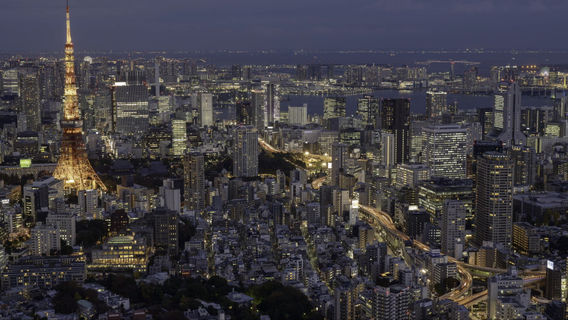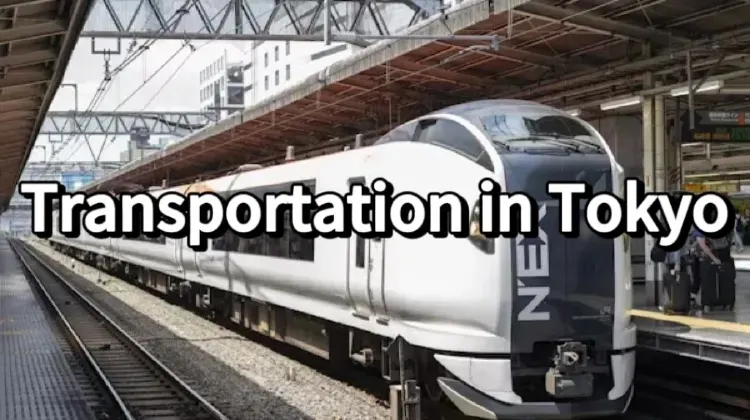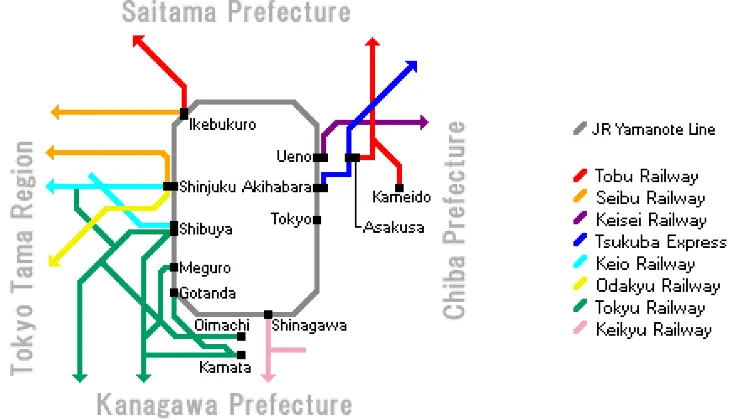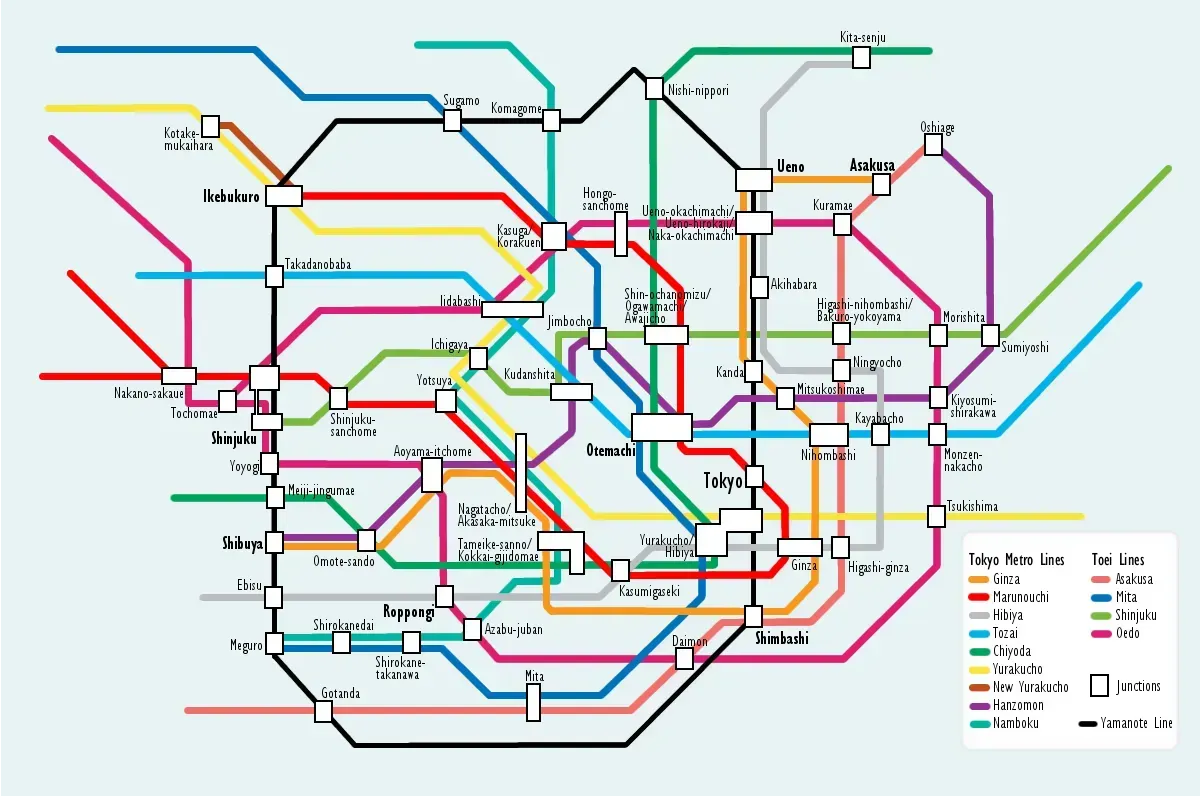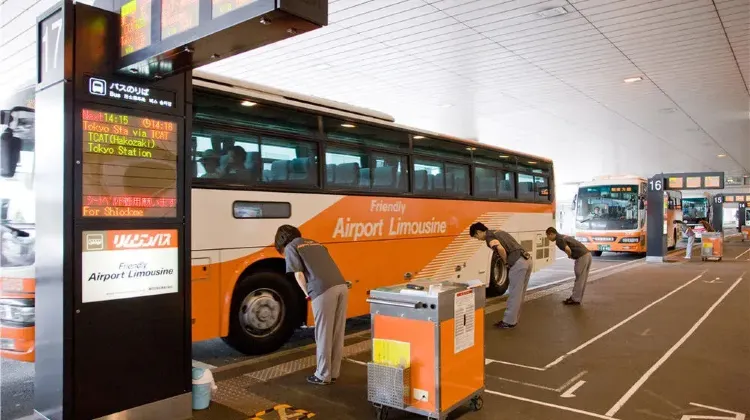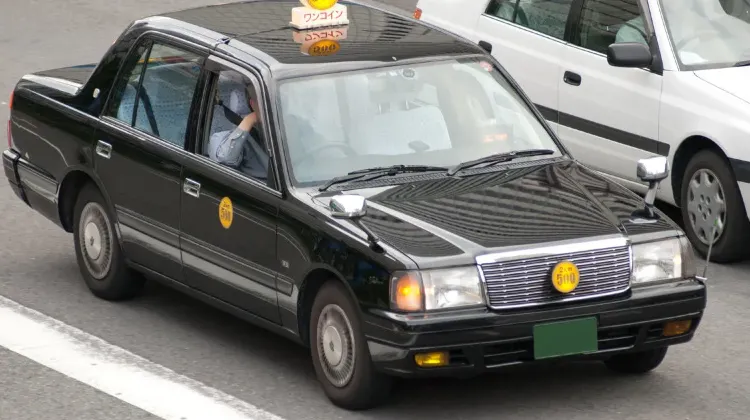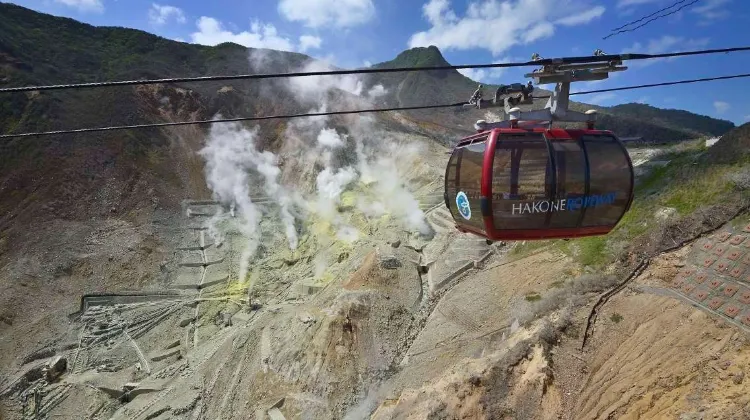Tokyo Bus
In Tokyo, while the subway and train systems cover much of the city, buses offer a viable transportation alternative, particularly for reaching lesser-known areas or when trains are too crowded. Although buses in Tokyo may not run as frequently as trains and can take longer to travel from place to place, they are well-equipped with conveniences like free WiFi on some routes. Buses can be especially useful if you find yourself outside the main parts of the city.
| Service | Description | General Fare | Operating Hours | Notable Routes |
| Toei Bus | Connects main city areas, useful with other public transport. | Adults 210 yen,
Children 110 yen | Check website for schedule | Various city routes |
| SKY BUS TOKYO / SKY Duck | Open-top buses touring major sights. | Varies by course | 9:00–18:00 | Tokyo Tower, Ginza, Rainbow Bridge courses |
| Hato Bus | Tour bus service with various themed tours. | Adults 2,000-2,200 yen,
Children 1,000-1,100 yen | Multiple departures from 9:30-16:00 | Panorama Drive (Rainbow Bridge & Ginza) |
| Skytree Shuttle® | Sightseeing shuttle connecting major attractions. | Adults 230 yen,
Children 120 yen (Ueno‒Asakusa Line) | Check website for schedule | Ueno, Asakusa, TOKYO SKYTREE TOWN |
| Free Shuttle Bus | Free bus service running between key districts. | Free | [Weekdays] 8:00 - 20:00,
[Weekends] 10:00 - 20:00 | Marunouchi, Nihonbashi areas |

Airport Limousine Bus Ticket(One Way/Round Trip)
4.4/5 |
Departs from Narita & other locations
Tokyo Taxi
Taking a taxi in Tokyo can be quite expensive compared to using trains and buses, but sometimes it's your only option. If you find yourself stuck late at night after the trains have stopped running or if you're too far from a train station, knowing how to get a taxi is essential.Tokyo Taxi
You don't always have to hail a taxi on the street. Many hotels, hostels, and businesses will call one for you. If they don't speak English, you can ask by saying, "takushii o yonde kudasai" (please call me a taxi). This service may include a small fee, around $2.71, known as a "pick-up fee."If you're outside, the easiest way to find a taxi is to go to a taxi stand, commonly found near stations and popular tourist spots. In central Tokyo, you can usually flag down a taxi in a matter of seconds by standing on a busy street. Alternatively, you can use a taxi booking app.
To see if a taxi is available, look for a red sign on the dashboard displaying 空車 (“kuusha” meaning "empty car"). A green sign showing 賃走 (“chinso”) means the taxi is occupied. The left door of the taxi is operated remotely by the driver, so you don't need to open it yourself.
The initial charge for a taxi starts at approximately $3.32 for the first 1.096 km. After that initial distance, the fare increases by about $0.66 for every 255 meters, or during waiting times. Below is an overview of some standard fares:
| Destination | Distance | Daytime Fare (USD) | Nighttime Fare (USD) |
| Shinjuku Station to Yoyogi Station | About 2 km | ~$5.30 | ~$5.96 |
| Shinjuku Station to Harajuku Station | About 2.7 km | ~$7.28 | ~$8.61 |
| Haneda Airport to Shibuya Station | About 17.5 km | ~$45.70 | ~$54.96 |
【Additional Charges】
- A 20% surcharge applies to fares between 10 p.m. and 5 a.m.
- Fares may include extra charges for routes that use tolled expressways.
- A 10% discount is sometimes offered on fares exceeding $59.59.
Tokyo Car Rental
Tokyo is a major international city with a highly developed public transport system, including subways, trains, and buses that cover all areas within Tokyo. Therefore, renting a car is not necessary for tourists who are only traveling within these areas.
However, if you plan to visit places outside of Tokyo or if you are traveling with a group that includes children or elderly people, renting a car might be a better choice.
Car rentals provide more freedom and comfort, especially if you need to travel between multiple locations or want a more flexible and relaxing travel experience. Rent car on Trip.com to get 8% Off!
| Japan Car Rental Types | Capacity | Estimated Price |
| Small Cars | 4 Passengers | From US$33.70 per day |
| SUVs | 5-7 Passengers | From US$34.08 per day |
| Vans/Minivans | 7-8 Passengers | From US$38.62 per day |
【3% Off】Tokyo Passes and Tickets
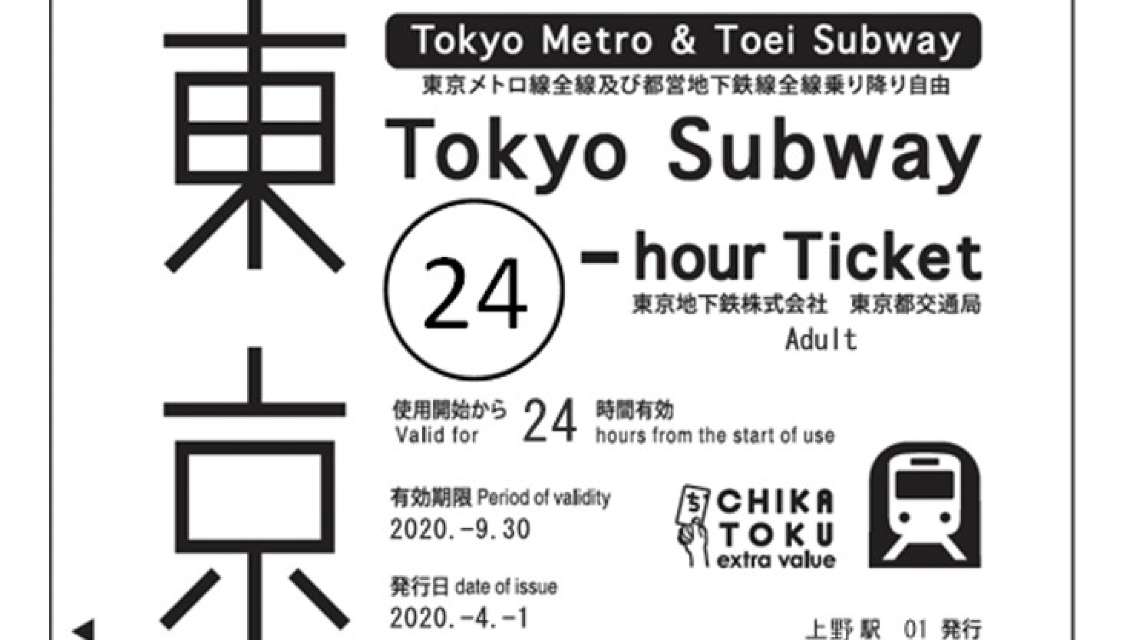
Tokyo Metro + Toei Subway 1-3 day Pass
4.7/5 |
Departs from Tokyo

Welcome Suica & JR Line One Day Pass
4.5/5 |
Departs from Tokyo

JR RAIL PASS TOKYO Wide Pass
4.8/5 |
Departs from Tokyo
When exploring Tokyo's expansive public transport system, travelers have several ticket and pass options that cater to different needs. Deciding between single tickets, day passes, or prepaid IC cards depends on your travel plans and how much of the city you intend to see.Tokyo eSIM
To travel easily in Tokyo, having a reliable and fast internet connection is crucial, and an eSIM can be incredibly useful for this purpose. An eSIM, or "embedded" electronic SIM, is presented in the form of a QR code. Unlike traditional physical SIM cards, which require insertion into a phone's SIM card slot, an eSIM can be activated immediately by simply scanning a QR code. This allows you to connect to the local network instantly.
Using an eSIM is the latest method for staying online while traveling in Japan. You don't need to buy a physical Japanese SIM card or queue up to rent a WiFi device. Just purchase a Japanese eSIM plan through an app, and you can use it right away to stay connected with the world!
- CountryJapan
- Package Option500MB/Day
- Number of Days1 Day
- PriceUSD 0.81
- CountryJapan
- Package Option1GB/Day
- Number of Days5 Days
- PriceUSD 3.23
- CountryJapan
- Package Option10GB
- Number of Days15 Days
- PriceUSD 6.45
Tokyo Metro 1-3 Days Pass
For tourists focused on heavy subway use to hit numerous attractions across the city, the Tokyo Metro 1-3 Days Pass offers a cost-effective solution. Available in 24-hour, 48-hour, and 72-hour options, this pass allows unlimited travel on all Tokyo Metro and Toei Subway lines. This is ideal for visiting well-known districts such as Ueno, Asakusa, Shibuya, Shinjuku, and Ginza. Passes can be bought at Tokyo Metro ticket counters, select subway stations, Bic Camera stores, and tourist centers—just remember to bring your passport. Additionally, booking your pass online through platforms like Trip.com can often yield a discount, such as a 3% off promotion available for certain booking dates.
Source from Tokyometro Official site
Here's a table with the latest 3% Off prices and discounts for the Tokyo Subway tickets:
| Ticket Type | Age Group | Original Price (USD) | Trip.com Discount | Discounted Price (USD) |
| Tokyo Subway One-Day / 24-hour | Adult | 5.14 | -0.16 | 4.98 |
| Child | 2.57 | -0.08 | 2.49 |
| Tokyo Subway Two-Day / 48-hour | Adult | 7.58 | -0.23 | 7.35 |
| Child | 3.73 | -0.12 | 3.61 |
| Tokyo Subway Three-Day / 72-hour | Adult | 9.63 | -0.29 | 9.34 |
| Child | 4.82 | -0.15 | 4.67 |
*Adult: Age 12+ , Child: Age 6 to 11
Prepaid IC Cards (Suica and Pasmo)
For most visitors and residents, prepaid IC cards like Suica and Pasmo are highly recommended. These cards don't offer a fare discount over single tickets; however, they greatly simplify the process of getting around. A quick tap on the card reader is all you need to access nearly any train or bus in Greater Tokyo and other major cities across Japan. Besides transportation, these cards can be used for small purchases in convenience stores, vending machines, and many restaurants, making them a versatile tool in everyday urban life. If you plan to travel across various parts of the city without sticking to a strict route, an IC card is invaluable.
JR TOKYO Wide Pass
For those looking to extend their exploration beyond central Tokyo to surrounding regions, the JR TOKYO Wide Pass is an excellent choice. This pass provides three consecutive days of unlimited travel on JR trains, including selected shinkansen bullet trains. It covers exciting destinations like Nikko, the Fuji Five Lakes area, Mount Fuji, and hot spring resorts such as Karuizawa and Kusatsu. Priced at US$108.62, it’s especially useful for visitors planning day trips to these scenic areas from Tokyo. The pass can be purchased online, with links available for easy booking.






 47 booked
47 booked